Welcome! If it’s your first time here, you might want to subscribe to the free monthly newsletter —–>>
| Nancy and John at the border of Bangladesh |
Travel Book Review and Interview:
‘What Were We Thinking?’ by Nancy Sathre-Vogel and John Vogel of Family on Bikes
I’m just finishing my second reading of ‘What Were We Thinking?‘ a captivating narrative adventure story recounting the real-life one-year bicycle journey that Nancy and John Vogel took through Pakistan, China, India, Nepal and Bangladesh back in 1990-91.
I was fascinated following their adventures as they climbed steep rough roads in the Himalayas, pedaled flat empty desert roads through India, dealt with sickness and danger, enjoyed great hospitality and new friendships, and discovered all manner of new cultural behaviors, foods, and perspectives.Their well-written book is an excellent account of their trials, tribulations, and joys during their amazing journey.
The Vogels are most famous as Family On Bikes, consisting of John, Nancy, and their twin sons Davy and Daryl. The family recently cycled all the way from Alaska to the southern-most tip of South America, a 3-year expedition that they completed earlier this year. Last month I interviewed Nancy about their cycling lives HERE.
As their book ‘What Were We Thinking’ demonstrates, John and Nancy started cycle traveling long before their recent Americas expedition. After my first reading of the book, I was so curious about other aspects of Joahn and Nancy’s first journey together that I wrote a dozen questions to Nancy to find out, in fact, what were they thinking? Here’s the background and behind-the-scenes report on their journey:
 |
| Nancy cycling through southern Nepal |
Q1. You and John met and got to know each other in a very unusual manner. Please tell us about that.
It was serendipity at its finest, that’s for sure! We had each quit our jobs and planned to take a year off to cycle in Asia. A couple months before we left we found out about each other through a travel magazine and decided to travel together. Two months later we boarded a plane for Pakistan. Six months after that we were engaged. Cycling in Pakistan and India was one hell of a way to get to know each other!
Q2. What were your own and John’s cycling trips prior to the big Pakistan-India trip?
John had done quite a bit of cycle touring prior to that journey. He had crossed the USA five times, and spent summers cycling in Norway, Australia, and India. The only journey I had taken was riding from Norfolk, Virginia to New Orleans a few years earlier.
Q3. Pakistan and India are probably two of the most difficult countries I can imagine cycling through, in terms of culture, climate, road and traffic conditions. Why did you choose to cycle there? Why not a much easier place like Europe, Australia or SE Asia?
Because we’re idiots, maybe? I honestly don’t know how to answer this question…
I spent a summer in India on a mission while I was in college and fell in love with the place. I was frustrated at how fast I passed through all the lovely little villages – the train just zoomed through and I didn’t have a chance to experience them at all. I kept thinking that there had to be some way to get into the small villages – and the bike was it.
We also felt that Europe or Australia would be “easier” to travel – it would be accessible to us when we’re old and gray. We needed to take advantage of our youth and strength to experience the more difficult places knowing we most likely wouldn’t be able to do those journeys when we were older.
 |
| John in the Terai, southern Nepal |
Q4. When you decided to cycle with John, whom you’d just met recently, did you have any concerns, doubts, hesitations about your compatibility as travelers, cyclists, or character/personality? If so, what in particular? If not, why not?
All I can say is that I was young and foolish and naïve. If I were to turn back the hands of time and go back to that day, I don’t think I would make the same decision – I’d be WAY too scared we weren’t compatible! That said, it worked out just fine and I’m glad I made the decision I did.
The funny thing is that it was the camera that kept us together. In the interest of weight, we had decided to share a camera – and his camera was better than mine. If I left him I wouldn’t be able to take pictures of my travels. That’s what got me through those tough times when I just wanted to head out on my own!
Q5. John – When you decided to cycle with Nancy, whom you’d just met recently, did you have any concerns, doubts, hesitations about your compatibility as travelers, cyclists, or character/personality? If so, what in particular? If not, why not?
No, I didn’t have any concerns at all. I had done a good dozen extended bike tours before this one and on each one I was alone since I didn’t know anyone who would partake in anything like this. I was eagerly anticipating what it would be like to have an actual traveling partner. When we initially met in Albuquerque we discussed being prepared about going our own ways if problems between us developed. I got the impression during this meeting that Nancy had a very independent spirit and was perfectly capable of being on her own. So no, I wasn’t worried about our compatibility.
Q6. Did either of you – or as a team – have a backup plan in case your joint travels didn’t work out?
I don’t think so. We didn’t think that far in advance.
Q7. What were 2-3 most wonderful places and/or experiences you had during that trip?
Jaiselmer, India was a wonderful place. We arrived there in a less-than-wonderful situation (I was dreadfully ill with a sort of dengue fever) and ended up staying for a month while I recuperated. The area is known for its obnoxious touts, but we didn’t get any of them at all – people don’t try to sell you a camel safari when you’re puking in the gutter. In fact, when I was strong enough to get on a camel we had to GO LOOKING for a camel safari – the touts were used to seeing us by then so didn’t even approach us! We loved the medieval feel to the desert town – it was a great place to hang out and recuperate!
Varanasi, India on the Ganges River was probably the most spiritually intense experience I’ve ever had. We spent days rowing the river watching all the activity along the banks. There were areas (ghats) where they washed clothes, others where they bathed. Each separate area had its own special charm, but our favorite place was the burning ghat – where they burned the bodies of the deceased. That was the activity that challenged our western ideas the most. In our culture, death is horrible and to be avoided at all costs, but there death was celebrated. The families of those people burning on the pyres weren’t distraught, but joyful. I think we have a lot to learn.
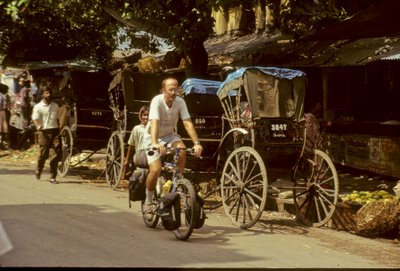 |
| John entering Calcutta, India |
Q8. What were 2-3 most difficult aspects of traveling through that region of the world?
The single most difficult aspect was the crowds. It was crazy. Everywhere we went we drew a crowd of gawkers. We soon learned that a small crowd would be 20 – 30 onlookers; we frequently had crowds of a hundred or more pressing in around us.
We got to the point where we didn’t even try to take a break in those small towns I had such quaint visions of – the crowds were unbearable. We perfected the fine art of getting in and out of town in mere seconds.
Before we arrived into a village, we had everything prepared. We cycled in to town and pulled up to a small stall that sold bananas and biscuits (cookies). I grabbed a big bunch of bananas and a couple packets of biscuits to hand to John. While he was stashing them in a pannier, I paid the shopkeeper. We could be in an out in a matter of seconds.
Once we were out of town we stopped by the side of the road to eat. Yes, cars and motorcycles stopped to gawk, but the crowd was small rather than the large, out-of-control crowds in the towns.
Another difficult part of the journey was dealing the lack of women in Pakistan. We were there three months and I think I saw a grand total of maybe fifteen women’s faces outside of the major cities. Women were completely covered up and confined to the houses. I never dreamed I would miss a woman’s smile so much!
Q9. As it turned out, your trip together turned out to be exceedingly successful. In what ways were you most compatible or balance off each others strengths and weaknesses?
John and I have now been married 20 years and I’ve learned that we work very well together. Our strengths and weaknesses somehow play beautifully off each other and we accomplish great things when we collaborate on a project. I’m the creative edge coming up with off-the-wall ideas; he keeps me grounded in reality. He logically works through things step-by-step before doing a single thing; I barge in and figure out the details later.
We’ve recently remodeled our home (or should I say we are still remodeling our home?) and this has come into play a LOT! John has driven me crazy with his precise measurements and calculations, and I’m sure I’ve driven him equally as crazy by just doing things “by eye.” Somehow, it works.
Q10. Did you have any issues getting along or cycling/traveling together? If so, what were they and how did you deal with them?
One of the most difficult issues to work out was the basic strength issue. John is WAY stronger than I’ll ever be and cycles way, way faster than I do. He simply can’t (and I do mean that – he CAN’T) pedal as slowly as I do. He’s tried, but he can’t do it.
We figured out a method that works for us – John rides on ahead and then finds a nice spot to take a break. He pulls out his book and reads for an hour or so while I catch up. Then I take a quick, short little break before we both hit the road again. I know many people cycling together think they need to BE together all the time, but this has worked for us.
Q11. What are the 2-3 most important things you learned from that trip?
I learned that I can do a whole more than I thought I could! There were times when our journey was really hard. I mean REALLY HARD! And yet those were the times I reached way down deep within and pulled out everything I had and did it anyway. I truly learned that I could press forward long after I thought I couldn’t. It’s a matter of wanting it bad enough.
“Life is 10% what happens to you and 90% how you react to it.” I think that sums up our experiences beautifully. We could have been overwhelmed by our circumstances, but we chose not to be. There was one stretch early on where we quite literally feared for our lives and toyed with the idea of calling it quits and heading home. We decided we needed to deal with the whole experiences – the good AND the bad – if we were going to be successful in what we wanted to do. We stayed and good things came from that decision.
Q12. What was the genesis of What Were We Thinking? When / why did you decide to write it?
We wrote the book in 1992 after we got back to the USA. Although we had a hand-written journal, that was the only record of our experiences. We felt we wanted to document them for us – so that we could read back through it when we were old and gray. It was also a great way to share the journey with our family and friends.
We finished the book in 1993 just before we left the country to go teach in Egypt. John packed the disc away in his stuff and it didn’t see the light of day again for many years – we didn’t even remember we had it on disc! We had a few paper copies and figured that was all we had. He found it again in 2008, shortly before we left to cycle from Alaska to Argentina.
Now that we’re back home and were able to work on it, we pulled it out and edited it.
Q13. What advice would you give to any aspiring world travel cyclists?
Do it. The world isn’t as scary as it seems. Human beings around the world have three basic needs – food, water, and a place to sleep. If you find yourself without any one of them, local people will step up to the plate to help you out.
————————————————————————————————————————————————–
Great advice! Thanks so much, Nancy and John for sharing the background to your book and cycling journey. Most of all, thanks for the awesome story of your adventures! It’s a fantastic account of a remarkable journey.

What Were We Thinking? print version here Kindle version here
Check out LashWorldTour Bookstore for dozens of great travel books written by the most famous travel bloggers in the world.
cheers, Lash
————————————————————————————————————————————————-
You might also like:
Interview with Nancy of Family on Bikes
My Guidebooks to Bali: Hiking in Bali and Cycling Bali
—————————————————————————————————————————————————

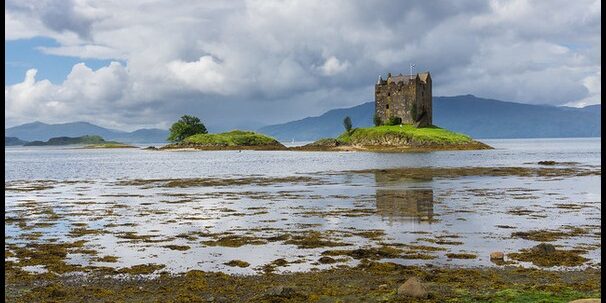
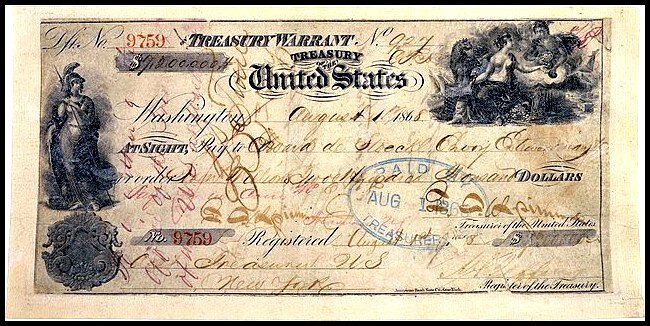
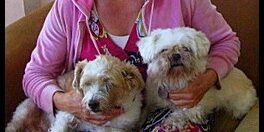
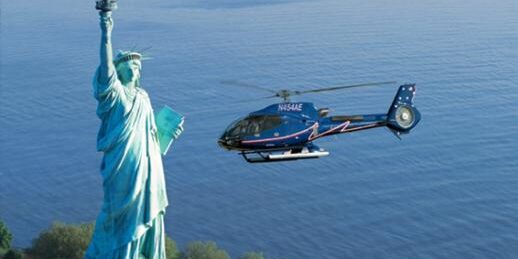
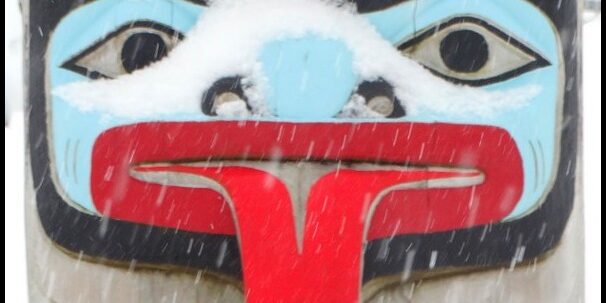


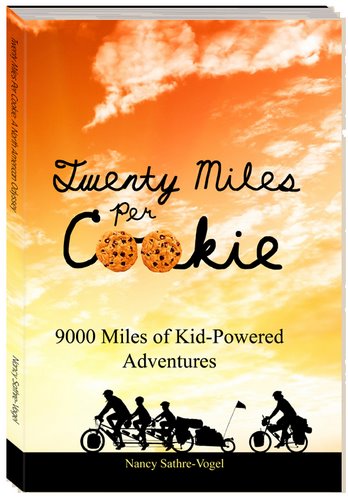

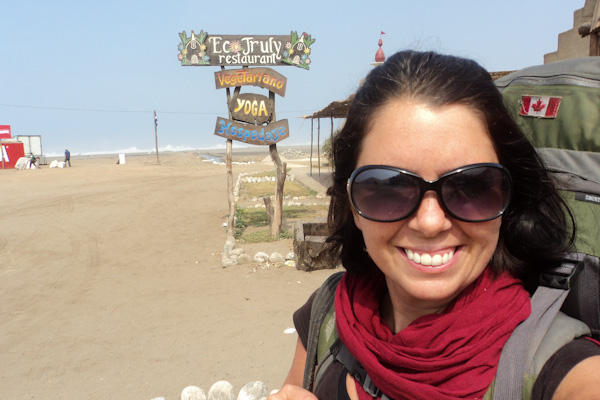
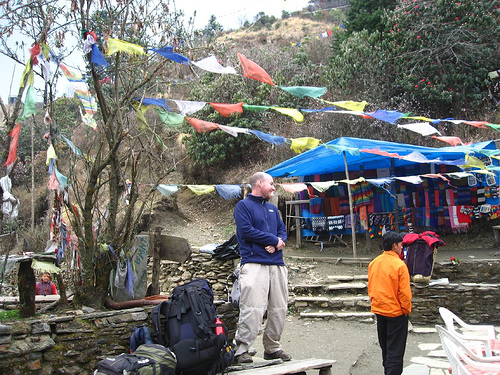

 Hi! I'm Lash, an American nomadic world traveler who's been traveling solo since 1998. I’m passionate about traveling the world nomadically and then sharing it all with you. I hope to inspire you to travel the world, to entertain you with tales from the road, and to help you reach your travel dreams. Welcome!
Hi! I'm Lash, an American nomadic world traveler who's been traveling solo since 1998. I’m passionate about traveling the world nomadically and then sharing it all with you. I hope to inspire you to travel the world, to entertain you with tales from the road, and to help you reach your travel dreams. Welcome! 



